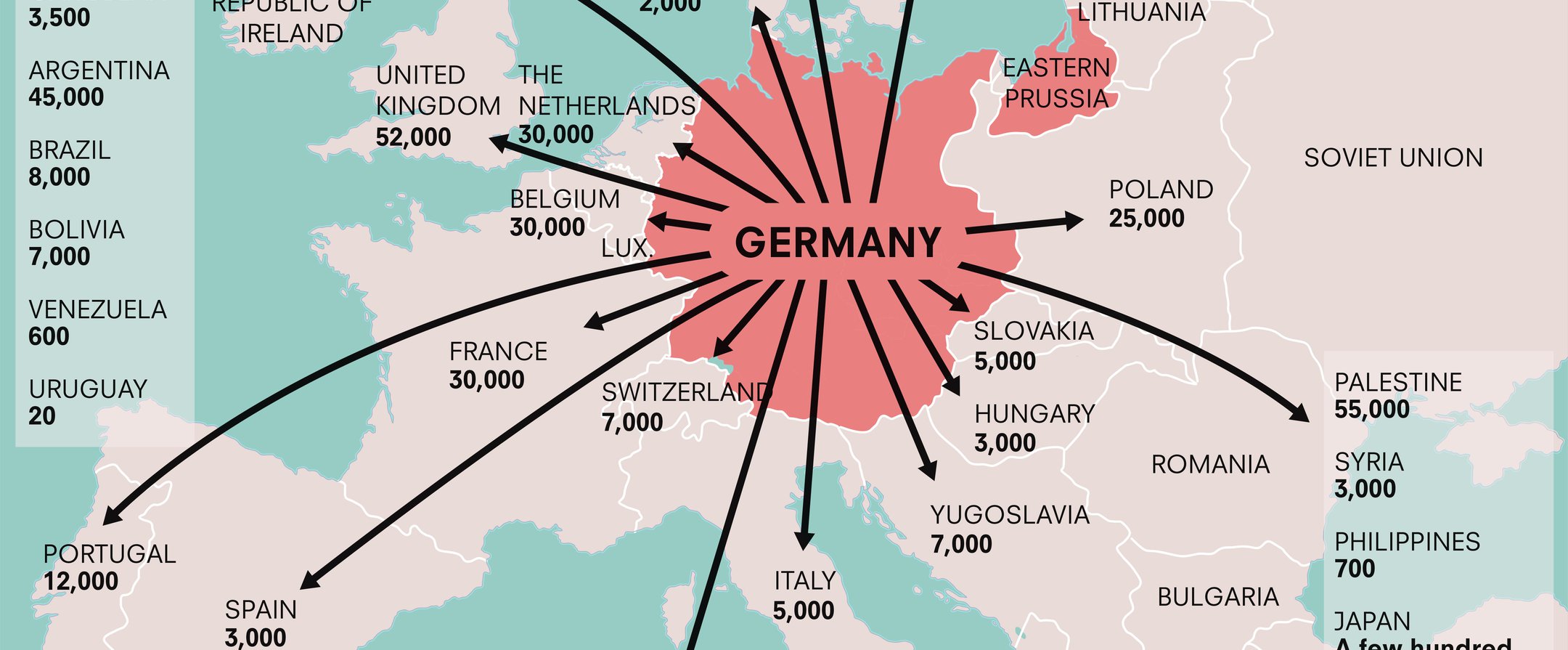Emigration to the United States
For many people the aim was to go to the perfect country for immigration, the United States. From 1924 emigrants had to arrange to be admitted at an American consulate in the country of origin before they left. Despite the growing number of applications, the American policy continued to focus on a gradual and limited wave of emigration, rather than solving a refugee crisis. It was by no means a simple matter to convince a consul who had to assess the financial, political and moral reliability of the applicant.
Getting hold of the right papers was also complicated. One of the first requirements was a valid passport. However, from 25 November 1941, Germany collectively stripped all German Jews living outside the territory of their nationality, insofar as they had not yet been individually “ausgebürgert”. Although there were diplomats in Europe who could provide stateless people with emergency passports, this measure seriously complicated the emigration process.
Moreover, in June 1941 all the diplomatic embassies and consulates of the United States in Germany and occupied Europe closed. From then on it was only possible to emigrate to America for people who could reach an American consul in Spain, Portugal, or the unoccupied part of France.
The attack by the Japanese air force on the American naval base in Pearl Harbor in December 1941 initially meant that transatlantic shipping came to a standstill. Later a small number of passenger ships managed to leave Europe, but in and after 1942 only a very limited number of people were able to get to America.
